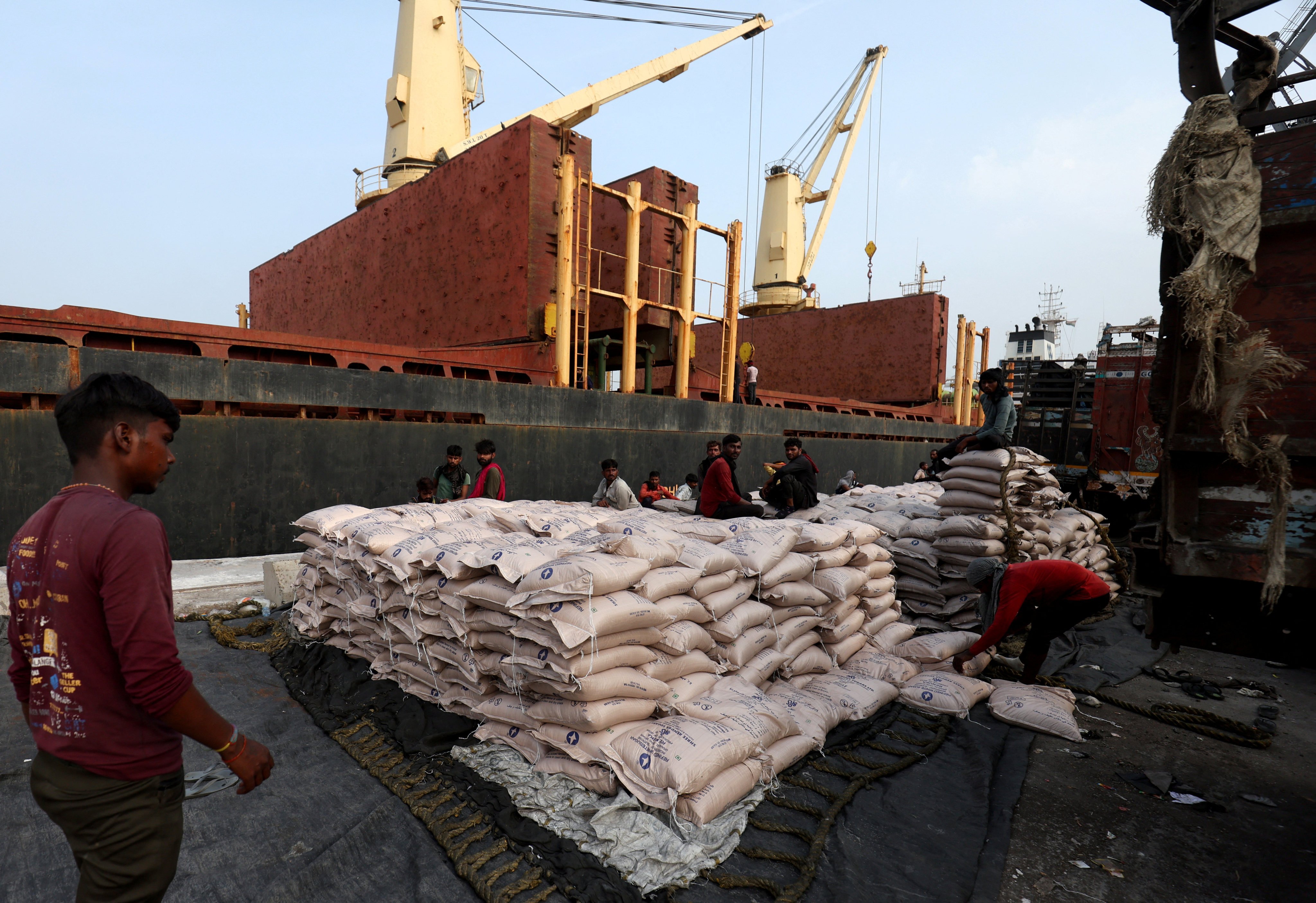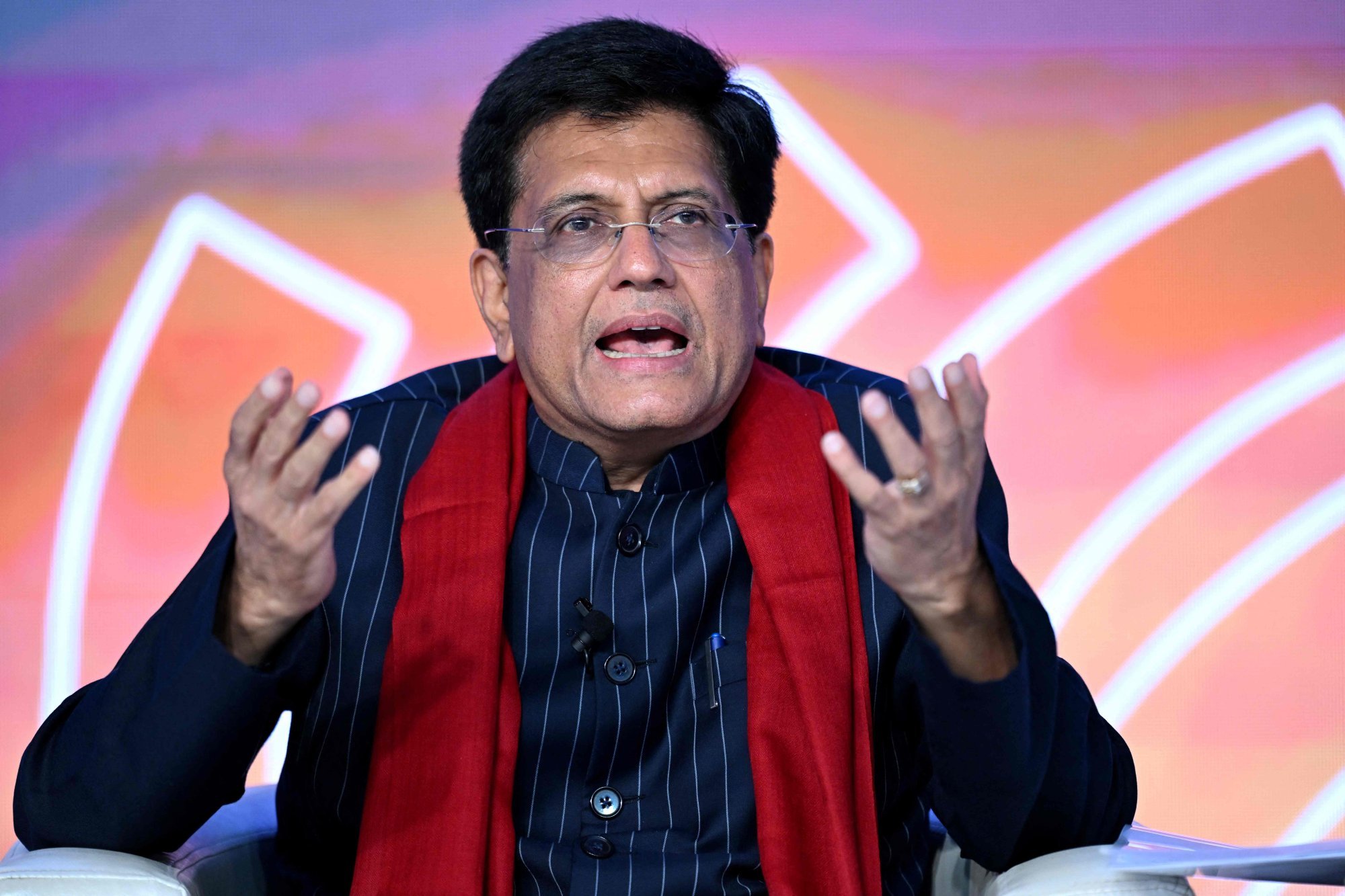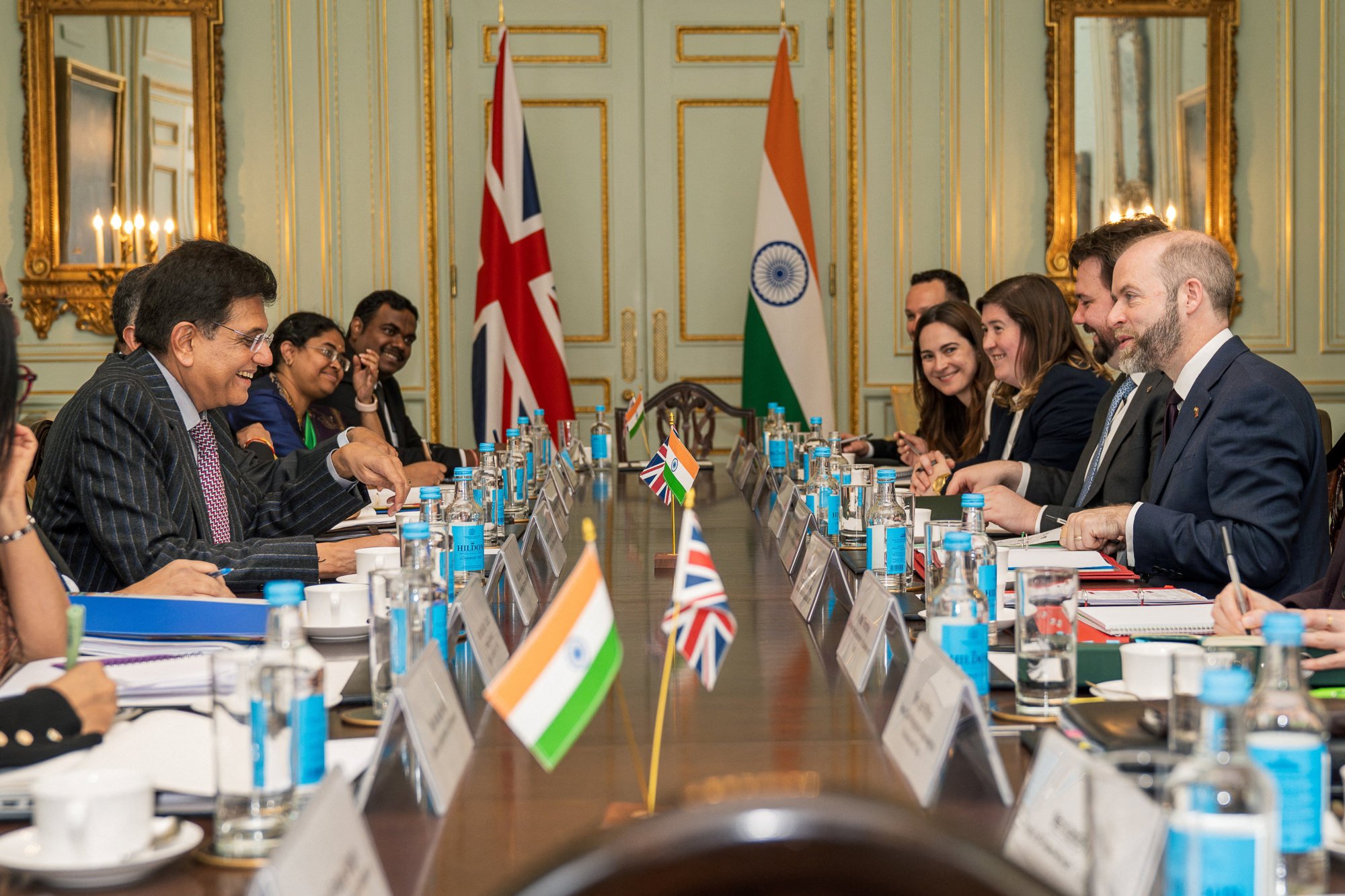India moves closer to trade deals with US and EU with lower tariffs as key aim
Commerce Minister Piyush Goyal says India and the US are aiming for a ‘mutually beneficial trade agreement’

The visit by India’s Commerce Minister Piyush Goyal to the US this week has raised hopes of a phased trade deal between both sides that sidesteps Washington’s steep tariffs, as New Delhi also pushes for a separate agreement with the European Union (EU) amid rising global protectionism.
The US initially announced new tariffs last month on imports from various countries, including a 26 per cent levy on India. It later suspended the tariffs on all its trade partners except China for 90 days until July, leaving only a baseline 10 per cent tariff in place and offering room for negotiations.
Trade talks between India and the US were progressing well but appeared to have hit a roadblock after Delhi filed a formal dispute at the World Trade Organization (WTO) earlier this month against a 25 per cent US tariff on all steel and aluminium imports. However, Goyal’s upbeat tone during the US visit indicated that the issue would unlikely block a broader deal between both sides, according to analysts.
“Held a constructive meeting with Secretary @HowardLutnick for a mutually beneficial trade agreement. Committed to enhancing opportunities for our businesses and people,” Goyal posted to social media on Thursday, hours after meeting US Commerce Secretary of State Howard Lutnick.
India and the US would likely announce the outcome of their trade agreement in phases, covering tariffs and other issues, including investments, non-tariff barriers and quality control of goods, analysts said.
“The main issue of these negotiations [during Goyal’s visit] is to avoid the first tranche of tariffs once the 90-day period is over. India will like a soft landing and will choose certain sectors so that there is no impact,” said Vivek Mishra, deputy director of the strategic studies programme at the Observer Research Foundation.

Delhi could push for lower US tariffs on Indian exports of products such as automobile components, which were valued at around US$6.8 billion in the financial year that ended in March 2024, Mishra said.
India is also likely to ask Washington for the removal of the baseline 10 per cent tariff, although chances of US President Donald Trump agreeing to make an exception for India are slim, given that he has kept the levy for the United Kingdom under a trade deal reached between Washington and London earlier this month, according to Mishra.
Pratik Dattani, founder of London-based think tank Bridge India, said: “I expect a limited deal [with India], with in-principle agreements on specific sectors to be announced. Trump likes a PR-friendly announcement, so expect at least one eye-catching headline that looks like it benefits US consumers, which has limited impact on bilateral trade in reality.”
In its annual federal budget unveiled in February, India lowered import tariffs on goods such as Harley-Davidson motorcycles and thereafter expanded that to products such as bourbon whiskey, with analysts saying the move was to minimise frictions with the US ahead of negotiations for a trade deal.
India’s concessions were announced just before a visit by Indian Prime Minister Narendra Modi to Washington in February, when he announced together with Trump that the two countries would work towards increasing two-way trade fourfold to US$500 billion by 2030.
It was not clear whether Goyal had discussed with his US counterparts India’s complaint to the WTO against US import tariffs on steel and aluminium, although analysts said the issue probably figured during their talks.
“The US side is likely to ask India to remove its tariffs, but India in turn will probably ask the US to remove its tariffs,” said Mishra.
The tariffs are part of Trump’s efforts to reshape trade ties with the rest of the world to narrow the US trade deficit.
India would look to prioritise labour-intensive exports to the US as the related industries would be the hardest hit by steeper tariffs, Dattani said.
According to a Moody’s report on Wednesday, India is better positioned than many other emerging markets to deal with US tariffs and global trade disruptions, helped by its sizeable domestic economy and low dependence on external goods trade.
“India-made goods may even benefit from increased US demand if trade talks lead to lower tariffs on India compared to other emerging markets,” the report said, noting that the nation’s stable credit conditions and banking sector would help it withstand global volatility.
Trade pact with EU
India appears keen to continue playing a key role in global supply chains due to trade disruptions brought about by tariffs, with local media reports saying that it may reach a preliminary trade agreement with the EU by July, around the same time as the projected first-tranche deal with the US.
“There is greater momentum in the India-EU trade deal than at any time in the last two decades, thanks to Trump,” Dattani said.

While talks between India and the EU for a free-trade agreement began in 2007, progress has been slow due to the extensive involvement of 27 member states in the bloc.
A deal with the US covering the additional tariffs on Indian products beyond the baseline 10 per cent, is likely to be reached before the separate agreement with the EU, according to T. S. Vishwanath, a trade expert and principal adviser at Delhi-based ASL Legal consultancy.
“India is signalling that we are now open to connecting with the world. That we are an open market,” Vishwanath said, adding that Goyal was keen to reinforce this message to India’s trade partners.
Earlier this month, India reached a landmark trade pact with Britain with both sides aiming to reduce tariffs and ease market access to each other’s market.
An agreement between Washington and Beijing to significantly reduce tariffs would unlikely diminish India’s position as a compelling manufacturing hub for global companies beyond China, Vishwanath said.
“The US-China trade deal erodes nothing for India but provides us good benefits. We were never trying to replace China. Trade wars between the two large countries is not a good thing,” he added.